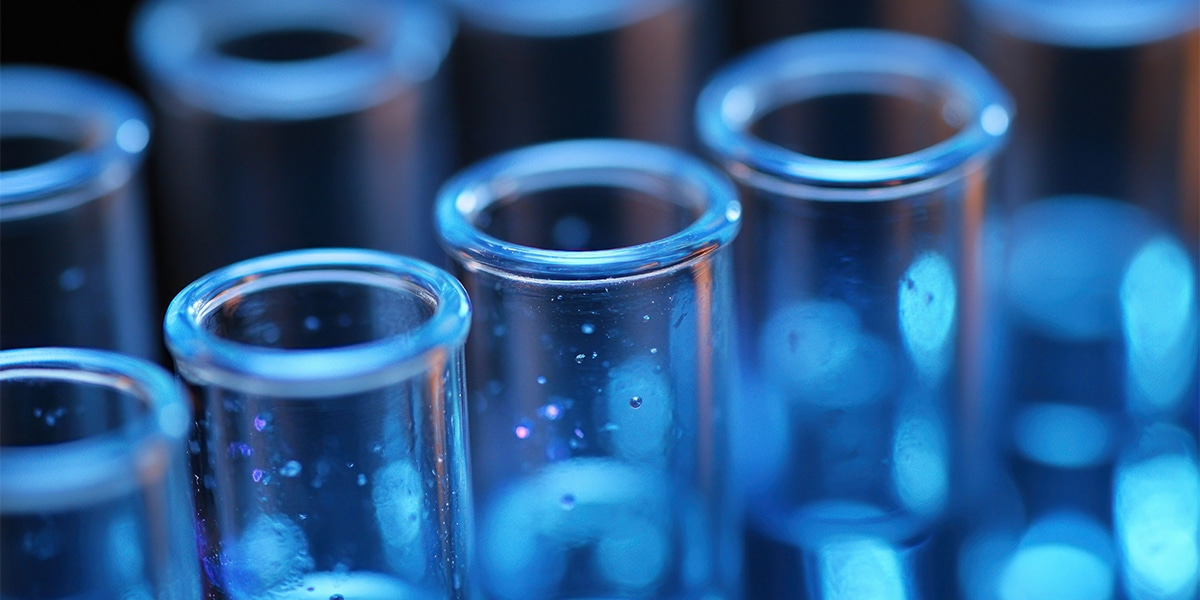





You can schedule directly with us; no physician referral required
Your journey begins with a personalized consultation and full medical history review.
We offer thorough hormone, ultrasound, and cycle testing to uncover the cause of infertility.
Every patient receives a custom treatment plan based on results, goals, and budget.
We know fertility treatment is a big step – emotionally and financially. That’s why our dedicated financial counselor is here to help you navigate every option available. We accept most major insurance plans and also offer cash pay packages for patients who do not have insurance or prefer not to file treatment through their insurance provider.
Need additional support? Financing is available through trusted partners like Arc Fertility and United Medical Credit, giving you flexible payment solutions that fit your budget and your journey.

Infertility is so hard physically, financially, mentally, emotionally, and socially. Here are some honest truths about infertility.🧡
What would you add to the list?
I'm tired of doing everything right and never getting a positive test.
I’m tired of pretending like I’m okay when I see another pregnancy announcement.
I’m tired of planning everything around fertility treatments.
I’m tired of getting my hopes up every single month and questioning every symptom.
I’m tired of trying to decide if we should do another fertility treatment because without one we won't have a baby.
I’m tired of putting my life on pause to have a baby.
I’m tired of being told what I should and shouldn’t be doing on my fertility journey by those who have never struggled.
#infertilityawareness #FINA #HelpingFamiliesBuildFamilies … See MoreSee Less
0 CommentsComment on Facebook
Christmastime is in the air! ❄ Wishing you all a joyous season full of sweet moments and making memories with the ones you love. 💕🎄
#fina #HelpingFamiliesBuildFamilies #merrychristmas … See MoreSee Less
0 CommentsComment on Facebook
Happy Thanksgiving from all the staff at FINA!🍁🍂 Wishing you a safe and happy holiday!
*Our office will be closed on Thursday, November 27th and Friday, November 28th in observance of Thanksgiving holiday. … See MoreSee Less
1 CommentsComment on Facebook
"Our FINA miracle is almost 3 months old! Dr. Davenport is seriously heaven sent! I never felt like a patient number and Kendra was always quick and willing to answer my million emails with so much kindness. Thank you FINA staff and Dr. D for all you do!"
Thank you so much to our patient for sharing her FINA story!
#myFINAstory #FINA #HelpingFamiliesBuildFamilies … See MoreSee Less
0 CommentsComment on Facebook
It's always bittersweet saying goodbye when our patients leave us to continue their pregnancies with their OB/GYNs, but we always look forward to seeing their precious babies wearing these in a few months. 💕If you have a picture of your #FINAbaby in their onesie, we would love to see!
#FINA #HelpingFamiliesBuildFamilies … See MoreSee Less
8 CommentsComment on Facebook
You never know how strong you are until being strong is your only choice.
#fina #infertilityawareness #HelpingFamiliesBuildFamilies … See MoreSee Less
0 CommentsComment on Facebook